On Aug. 18, 1920, the news that the Tennessee state legislature had voted to ratify the 19th Amendment to the U.S. Constitution — The right of citizens of the United States to vote shall not be denied or abridged by the United States or any State on account of sex — was a cause for great celebration by women who had stood on the shoulders of their mothers, their aunts and their grandmothers, finishing a fight that had begun some 70 years earlier in Seneca Falls, N.Y.
A great celebration … followed by “now what?”
Women had earned the right to vote, but like the interlude in a certain historical-based musical that almost everyone was watching in the summer of 2020, a chorus of “What comes next?” was the question on everyone’s mind in the summer of 1920. The popular answer was that women’s suffrage was initially a failure; there really wasn’t a big political revolution nor was there a change in the two-party status quo.
What really came next, and why, is the question two nationally renowned political scientists have been asking for the past 30 years, since they were graduate students in the Department at Political Science in Arts & Sciences at Washington University in St. Louis.
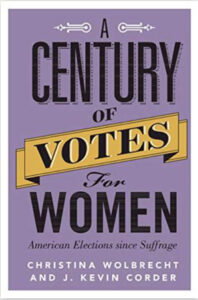
Christina Wolbrecht, MA ’94, PhD ’97, professor of political science and director of the Rooney Center for the Study of American Democracy at the University of Notre Dame; and J. Kevin Corder, PhD ’93, professor of political science at Western Michigan University, are the authors of A Century of Votes for Women: American Elections Since Suffrage (Cambridge University Press, 2020). Published in January, the release was just in time for the 100th anniversary of the ratification of the 19th Amendment.
The book, which provides insight into voting trends of women — and men — of every national election since 1920, is the continuation of research that began percolating at WashU in the 1990s, in a political science department known for its emphasis on quantitative analysis, old-style collaboration and use of what was, at the time, state-of-the art technology.
A collaboration launched in Eliot Hall
Corder and Wolbrecht were a few years apart, but they were graduate students at a time that seems almost quaint now, with classes and shared workspace in the long-gone, cinder-block Eliot Hall. There, students of all graduate levels shared ideas and talked about political theories in commons areas, bumped into each other in mailrooms and adjacent offices, and made plans to meet for lunch or beers later.
“The political science department back then was a really collaborative place for graduate students,” Wolbrecht says. “We all had a good space to work, we socialized, we had lunches together.
“We got to know each other because we spent a lot of our time together,” she says. (Among the cohort of scholars in the department at the time was a certain fellow graduate student who would spend time here on the faculty, establish a reputation as a data analyst of the Supreme Court and constitutional law, and return to campus for a job as chancellor here a year or so ago. But that’s another story.)
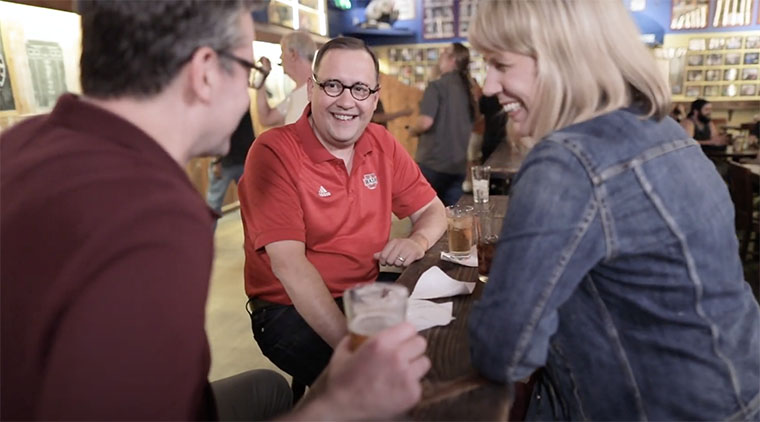
While at WashU, two factors came into play for both Wolbrecht and Corder that would prove to be foundational for their work. The first was the Social Science Computing Facility (SSCF), where each of them worked as consultants in the early 1990s, a heady time in the computer world.
“The SSCF was instrumental to both of our careers,” Corder says. “When I first got there, everything was done on mainframe computers, and data were located on tape drives. It was just the beginning of PCs and networks and the internet — just an explosion of technology that would make the work so much more accessible.”
“Now we have surveys and polling,” but that wasn’t always the case since reliable polling didn’t become a national norm until the late 1930s.
Christina Wolbrecht
The second served as an adviser and mentor to each of them: now retired John Sprague, the Sidney W. Souers Professor Emeritus of Government in Arts & Sciences. Sprague was innovative and analytical, and he embraced and shared a new problem-solving method for social scientists. Harvard political scientist Gary King had written a book, A Solution to the Ecological Inference Problem, which described a method of “inferring” human behavior based on what data were available for a certain social problem — in this case, voting.
“Now we have surveys and polling,” Wolbrecht says, but that wasn’t always the case, noting that reliable polling didn’t become a national norm until the late 1930s. Through ecological inference, researchers could combine U.S. Census information with local voting records (such as the number of votes cast for each party) to estimate the percentage of women and men who voted — and for which parties.
“John thought it was really exciting work that would allow a lot of research questions to be answered,” Wolbrecht says. The tool served as a compass for the analysis of elections and, in turn, theories of national historical trends. “We could do a whole hour interview on what a great adviser John Sprague was,” she says. “He’s still such an important person to the both of us.”
The longstanding nail
By the time King’s book was published in 1997, Corder was already teaching at Western Michigan, but he was energized enough by Sprague’s enthusiasm for the ecological inference method that he began teaching a graduate seminar for his students. Later that year, with Wolbrecht in her first-year on the faculty at Notre Dame, the pair, whose families had remained friends and socialized together, met up at a conference.
“I had this idea,” Wolbrecht recalls. “We had the (ecological inference) hammer, and I knew of this longstanding nail that no one had been able to sink. We didn’t really know how women voted right after suffrage.
“I said, ‘Kevin, let’s write a grant; this will be a really interesting project,’” Wolbrecht says. “WashU had an amazing emphasis on statistical methods. I had taken the classes and was a data-oriented person, but Kevin’s skills are so far, far beyond mine — and this was a really sophisticated methodological challenge.
“But I think it’s safe to say,” she laughs, “that neither of us, when we wrote this grant in the fall of 1997, thought we would still be collaborating more than 20 years later.”
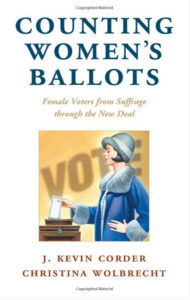
The result of that initial collaboration was Counting Women’s Ballots: Female Voters from Suffrage Through the New Deal (Cambridge University Press, 2016), a study of women voters in the immediate aftermath of women’s suffrage.
The research for the project took 16 years because there were so many moving parts, beginning with breaking down stereotypes and assumptions that had become part of the scholarship, examining data at local precincts and counties in 10 states on their own, and traveling all over the country to do so.
For fun, early in their married life, Wolbrecht and her husband, Matthew Doppke, traveled to county seats all over the state of Illinois looking up old election logs. “At one place, it was near closing time, and I told them we’d be back tomorrow,” Wolbrecht says. “They just said, ‘No need — just pull the door shut when you leave.’
“It was a huge data challenge, and the statistical method was changing over time. At times, both Kevin and I thought, ‘This is never going to be finished.’”
Corder said the solution the authors ultimately used to analyze the data didn’t even exist when they started this project. “A statistician named Jon Wakefield at the University of Washington came up with the real leap in the technique we used,” Corder says. “Andrew Martin, PhD ’98, and Kevin Quinn, MA ’94, PhD ’99, wrote the software that we adapted for our project. Those developments had to happen while we were collecting the data.”
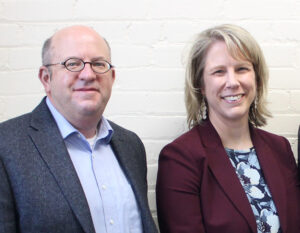
And there were other career challenges happening concurrently. “Kevin wrote a bunch of other stuff about different topics,” Wolbrecht says. “I wrote about different topics. We were both teaching and becoming administrators, and big life events happened in our own families.
“We both thought the project was dead multiple times,” she says.
Not only was the research not dead, it spawned a second book. At a celebratory lunch for Counting Women’s Ballots, in 2016, Wolbrecht pitched the idea to keep going and write a comprehensive analysis of every election since 1920. “I thought he was going to say an emphatic no,” she says. “Luckily, Kevin loves the data, and this period, and this puzzle, as much as I do.”
Why it’s important now
Wolbrecht said a big reason why they decided to keep going was that they were struck by how much the same ideas about women’s voting patterns from the 1920s and ’30s persisted into the 21st century. And that’s the crux of the problem. It’s hard to change assumptions about women voters even now.
“Many women are mothers, and we should understand how motherhood shapes politics,” Wolbrecht says. “But the notion that motherhood explains women voters is not accurate, even if it is persistent. The ‘soccer mom’ of recent decades is frankly not that far away from how we were talking about women voters in the 1920s, ’30s and ’40s. In other words, how women were viewed then is not so different than how some pundits view women voters in 2020.”
“Our stereotypes about the typical ‘woman voter’ don’t accurately describe a very diverse female electorate.”
Christina Wolbrecht
For example, Wolbrecht said that there was this initial assumption by the politicians, the media and even scholars of the 1920s and ’30s who assumed women voters would be just like the well-known white, native-born women suffragists. “It ignored working class women, Black women, Native women and immigrant women, all of whom were a huge piece of that story,” Wolbrecht says.
“Today, there’s still a tendency to ignore Black women, Hispanic women, Native women,” she says. “Our stereotypes about the typical ‘woman voter’ don’t accurately describe a very diverse female electorate. Race, of course, but also social class, education, region, religion. You name it.”
But that doesn’t stop politicians and their vast teams of analysts from continuing to look for the magic pill. “It’s so appealing for politicians to try to find the ‘women’s vote,’” Wolbrecht says. “They want to try to find the one issue that crosses all these boundaries for women.
“It doesn’t exist. But they still try.”
Keep asking ‘Now what?’
“It’s shocking to think that after 200 years of American democracy, we still don’t seem to be very good at running elections and maintaining election results.”
Christine Wolbrecht
The authors spent the summer on a virtual book tour while trying to prepare as best they can in a pandemic for their respective fall teaching schedules. And with the election looming, their scholarship is being noticed by pundits and news organizations — even with the complexity of the data. “We’re often asked, ‘Can you just make a graph for us that covers 100 years?’” Wolbrecht laughs. “And Kevin and I are like, ‘Weellll…’’’
“Election administration is complex and temporal,” she says, noting that the South was a disaster of election reporting until the Voting Rights Act of 1965 passed, and, therefore, data from the South are sketchy for analyzing elections early in the post-Suffrage era. “But once the Southern states had to record all these data after 1965, suddenly they become the model,” she says. (The Shelby v Holder decision in 2013 undercut these requirements.)
But still, there’s much work to be done in recording the history of our most important tool in our government. “It’s shocking to think,” she says, “that after 200 years of American democracy, we still don’t seem to be very good at running elections and maintaining election results.”
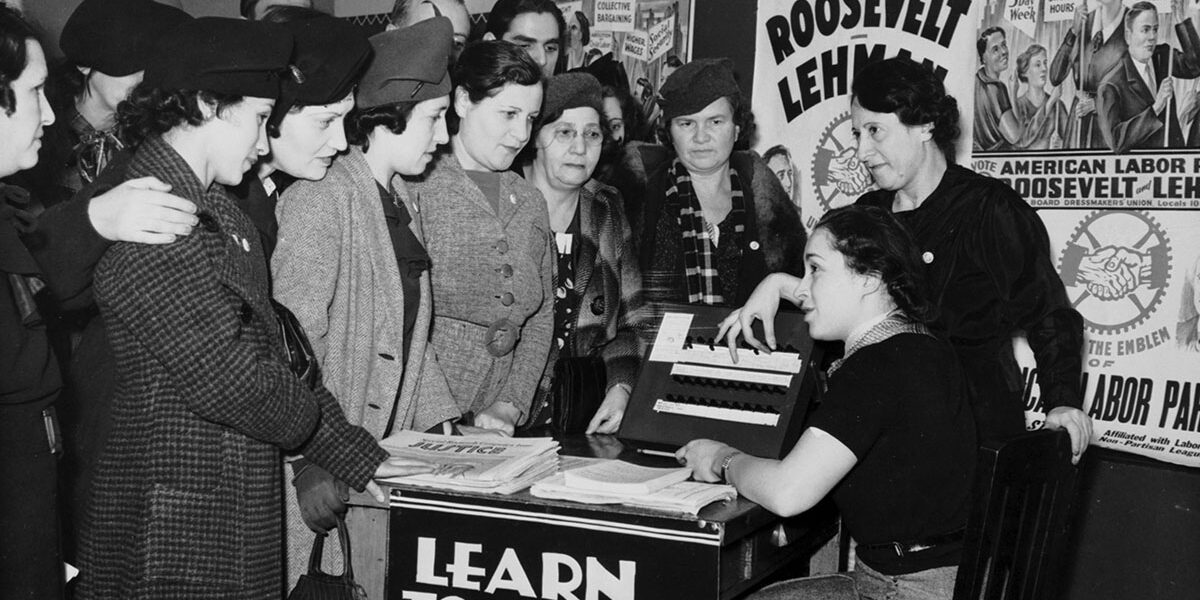
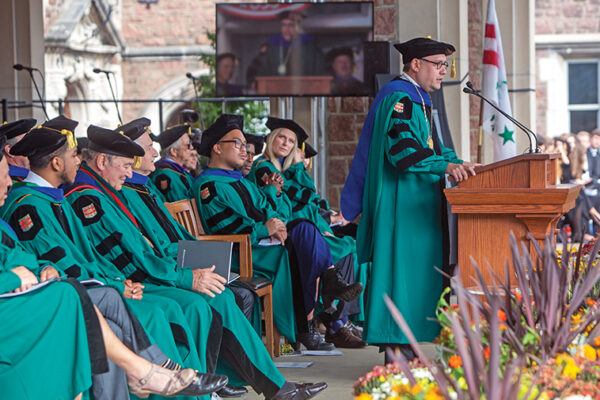
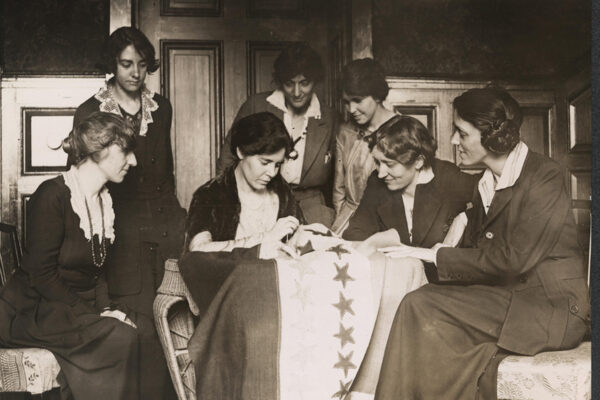
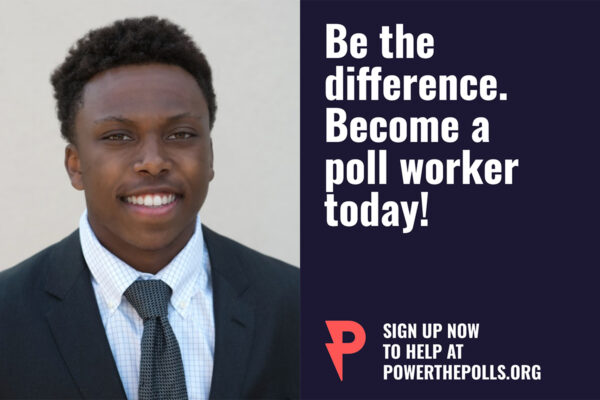
Comments and respectful dialogue are encouraged, but content will be moderated. Please, no personal attacks, obscenity or profanity, selling of commercial products, or endorsements of political candidates or positions. We reserve the right to remove any inappropriate comments. We also cannot address individual medical concerns or provide medical advice in this forum.